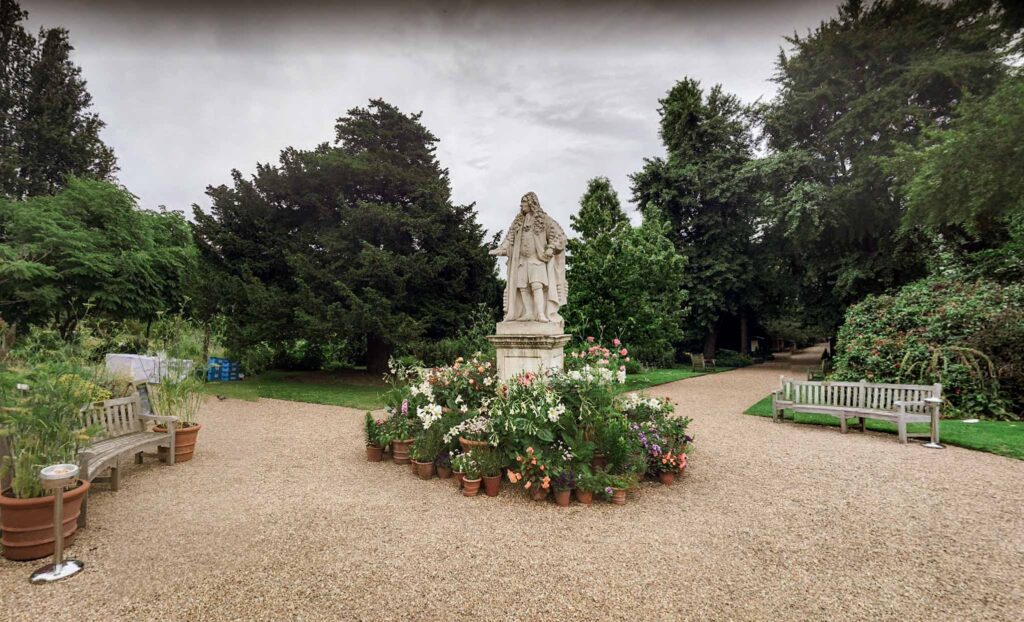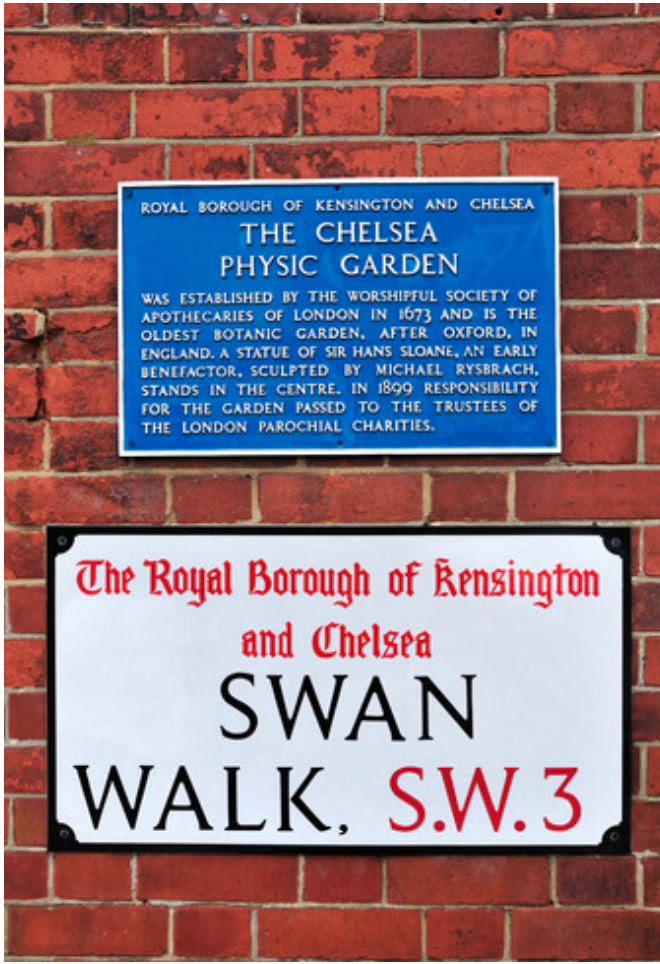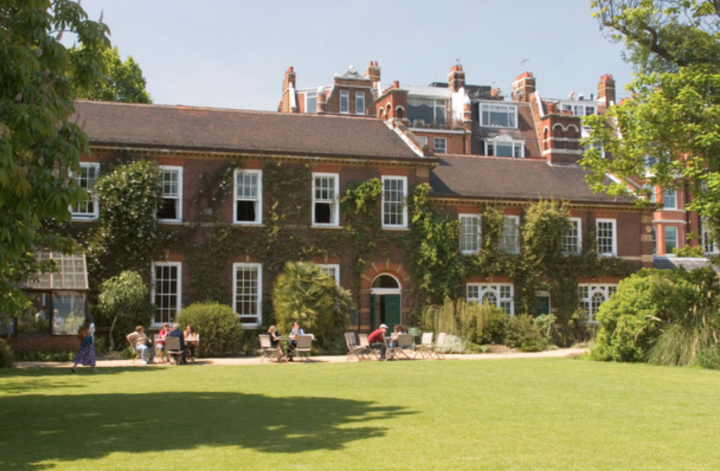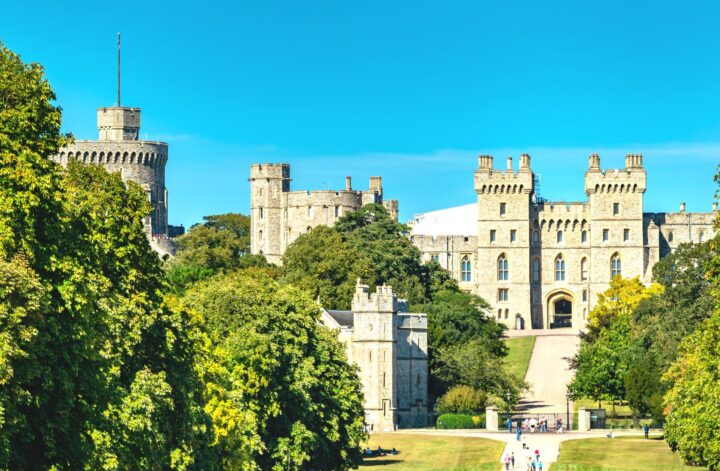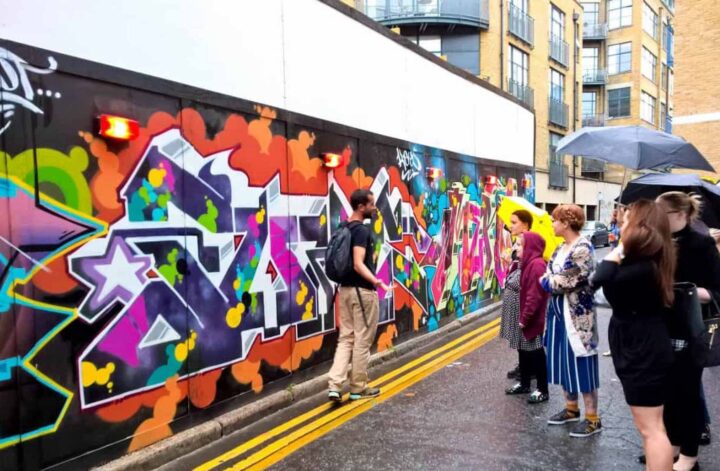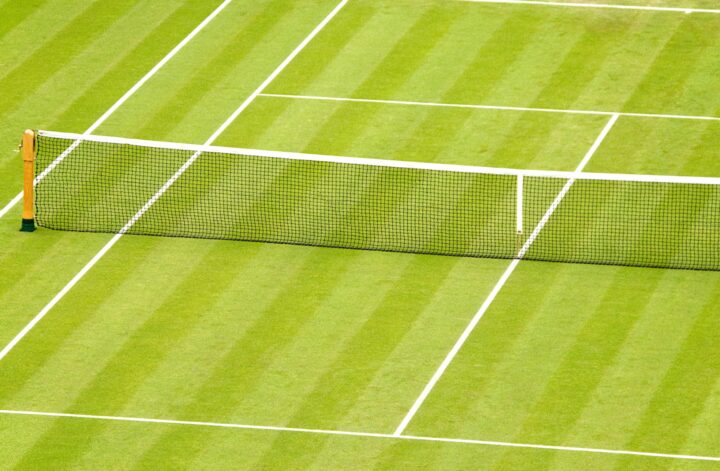Last Updated on 7 February, 2023
Chelsea Physic Garden is a hidden gem right in the heart of London. It was founded in 1673 by the Worshipful Society of Apothecaries. It is known as the oldest botanic garden in London. It is also the second oldest in Britain. Also among beautiful gardens in London.
The Garden has been open to the public since 1857 and is a beautiful oasis of calm in the bustling city. The Worshipful Society of Apothecaries was founded in 1617 with the aim of regulating the profession of the apothecary.
In order to establish this, they had to train apprentices, so they set up a laboratory and a herbarium. The first person to be appointed as keeper of the herbarium was Nicholas Culpeper, who was also responsible for lectures on botany.
In 1673, the Society purchased an 8-acre plot of land on the banks of the River Thames and invited John Evelyn to design the garden.
Evelyn was a well-known gardener and designer, and he created a beautiful layout that included lawns, clipped hedges, flower beds and an orchard. The garden was completed in 1679 and used for medicinal and recreational purposes.
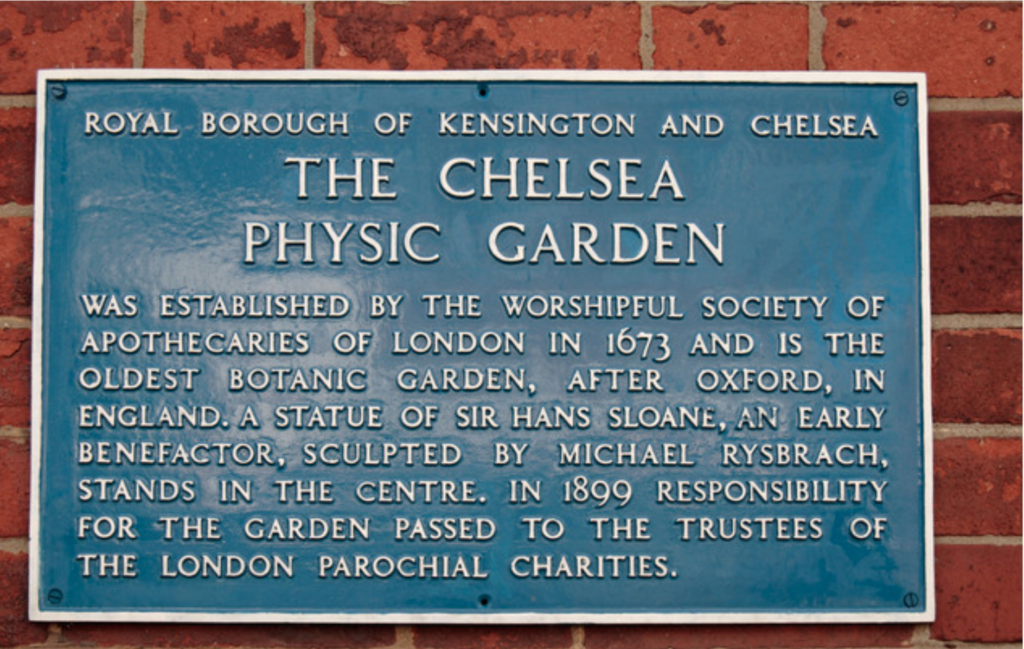
The garden changed hands several times over the years but continued to be used as a physic garden. In 1839, it was bought by Lord Sidmouth, who donated it to the newly formed Horticultural Society (we know it now as the Royal Horticultural Society). The Society leased the garden to Thomas Moore, who opened it to the public for one day each week.
In 1857, Moore retired, and his son Edward took over. Edward Moore continued to open the garden to the public but introduced more exotic plants worldwide. One of his most notable introductions was the monkey puzzle tree, which can still be seen in Chelsea Physic Garden today.
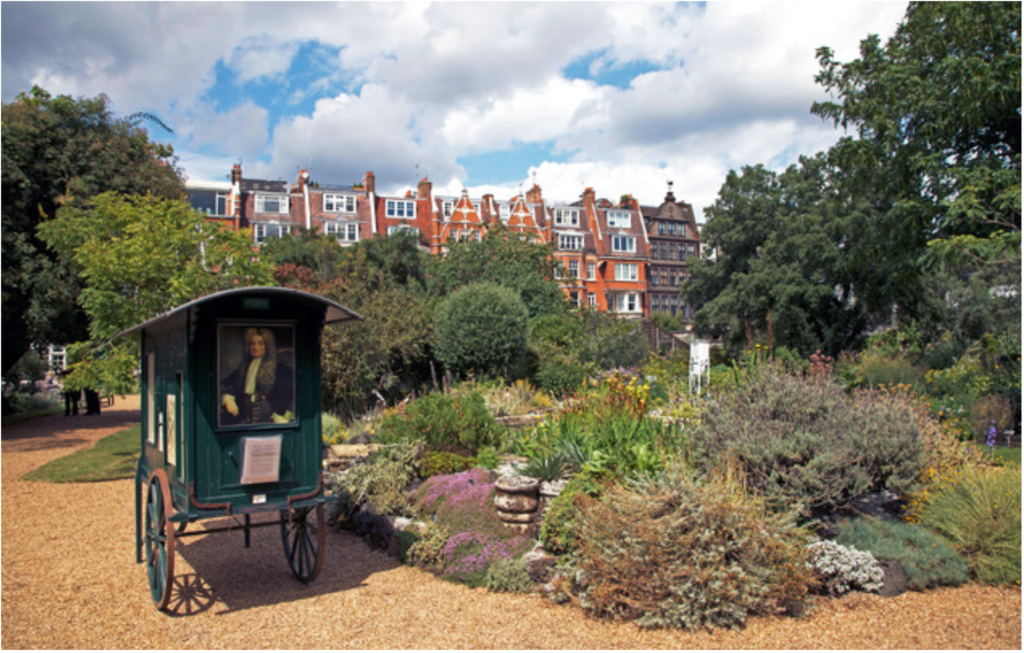
The Garden opens on Wednesdays, Thursdays, Friday and Sundays. These days, you can expect to see a wide variety of plant life, from exotic flowers to ancient trees. You can also choose a tour of the garden with one of the knowledgeable guides, who will be on hand for any questions about the plants’ history or function.
The most infamous plant in the garden is the ‘cacao tree’, from which chocolate is derived. The tree was brought to England from Jamaica in 1696 by Hans Sloane, a physician and collector who later became the garden’s patron.
Other notable plants include the ‘castor-oil plant’, used to make castor oil; the ‘ginger root’, used to make gingerbread; and the ‘objawood tree’, used to create an antivenom for snake bites.
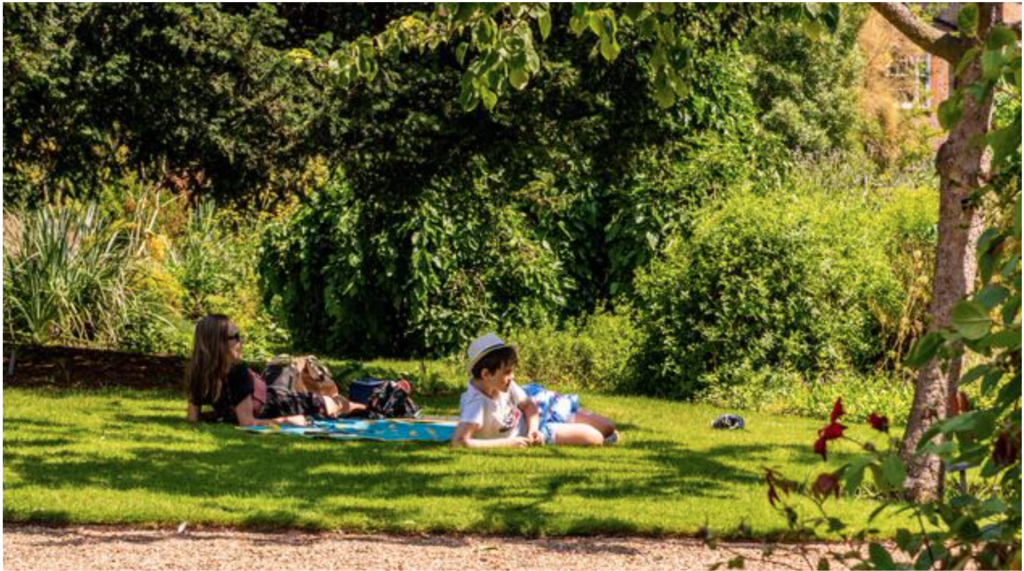
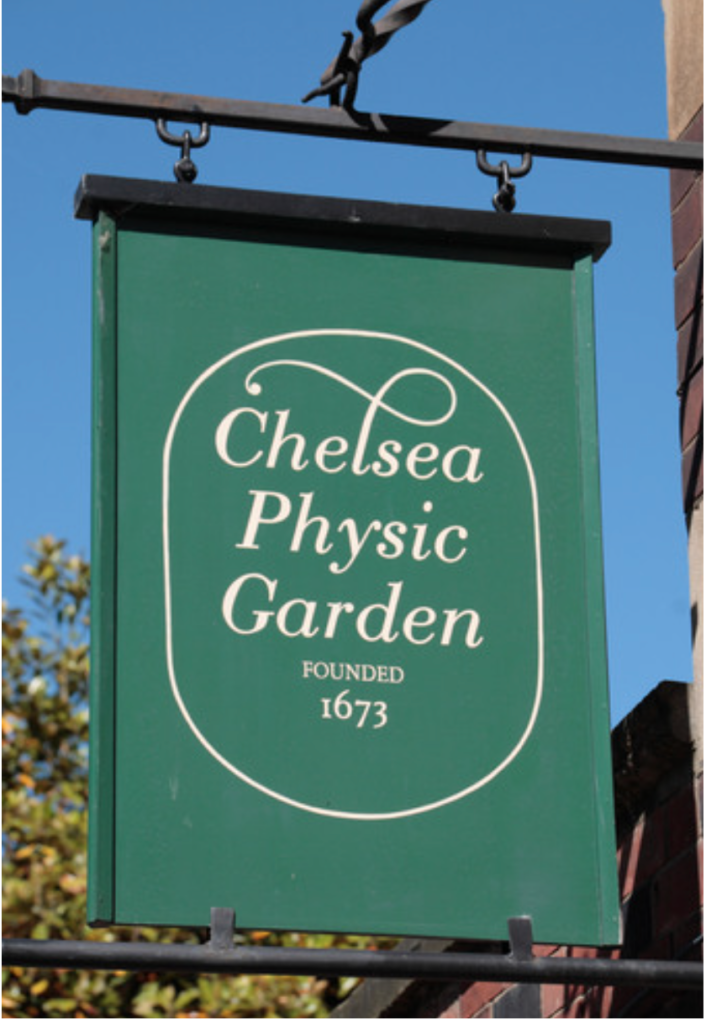
Things To Do Near Chelsea Physic Garden
I have covered a lot on things to do in Chelsea but below is a short list of things to do near Chelsea Physic Garden.
- Shopping in Chelsea – There is a plethora of shops from high street brands located on Kings Road, to luxury brands on Sloane Street and around Sloane Square to department stores on Brompton Road like Harrods and Harvey Nicols.
- Enjoy a show – There are a few theatres and halls in Chelsea offering a variety of performances, from orchestras to live concerts.
- Experience Chelsea Gastronomy – There are plenty of places to eat nearby from Bontanist to amazing gastro pubs, cafes and restaurants on Kings Road, Sloane Square, Pavillion Road and Knightsbridge.
- Check out the Pagoda – Right across from the garden is Battersea Park which has a children’s zoo, Peach Pagoda, play area, a cricket pavillion, a boating lake, cafes and much more.
- National Army Museum – British Army’s central museum, they run free and paid tours as well.
- Saatchi Gallery – Explore modern and contemporary art exhibitions.
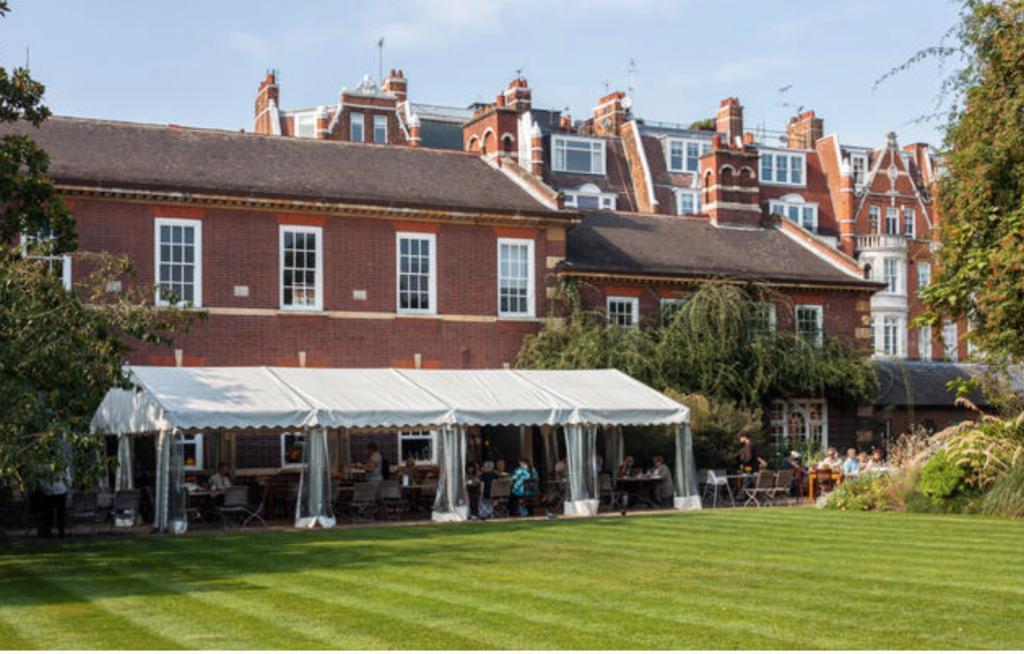

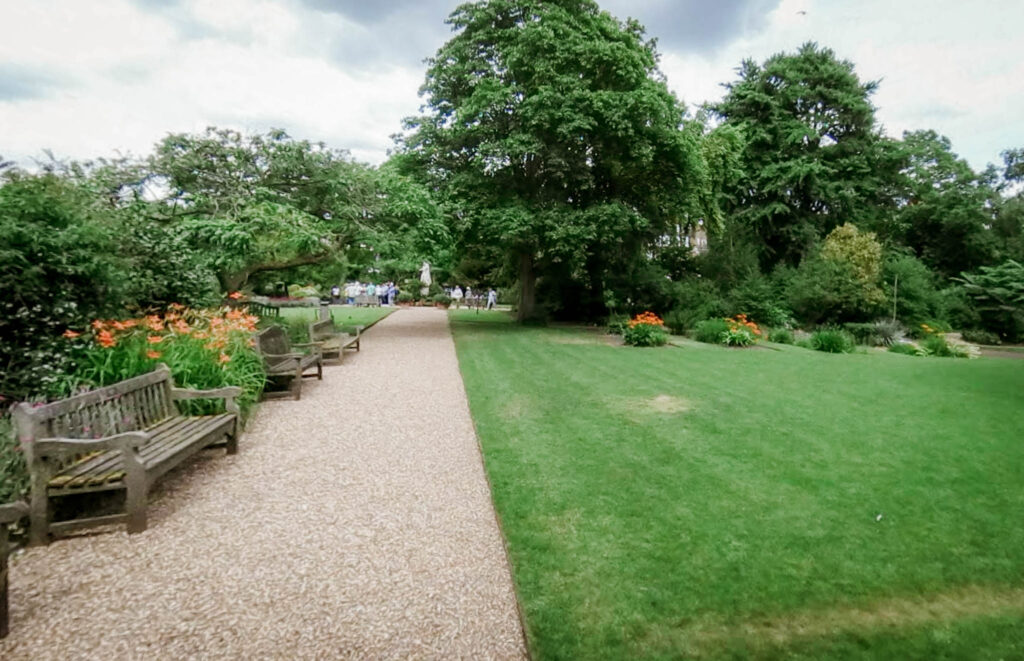
How To Get To Chelsea Physic Garden
The nearest station is Sloane Square station but in my view, you are better off taking the bus and coming in via Royal Hospital Road or Chelsea Embankment. Below is a map to guide you from your current location.
